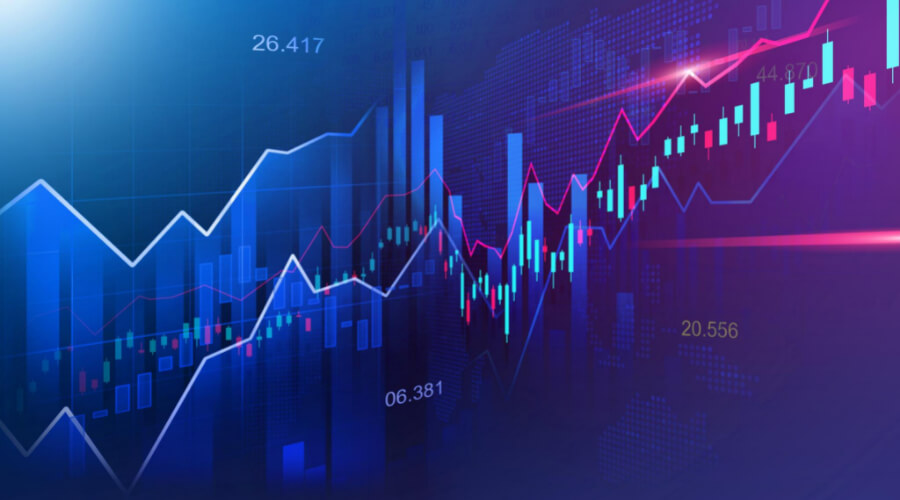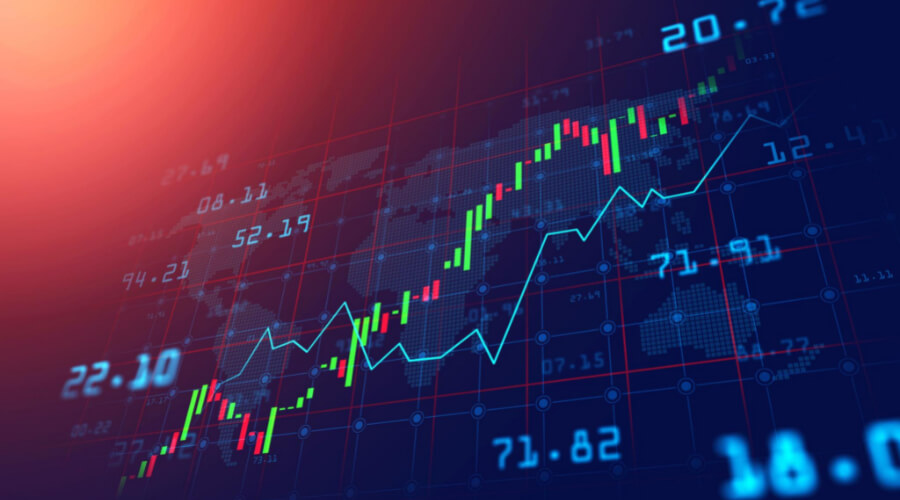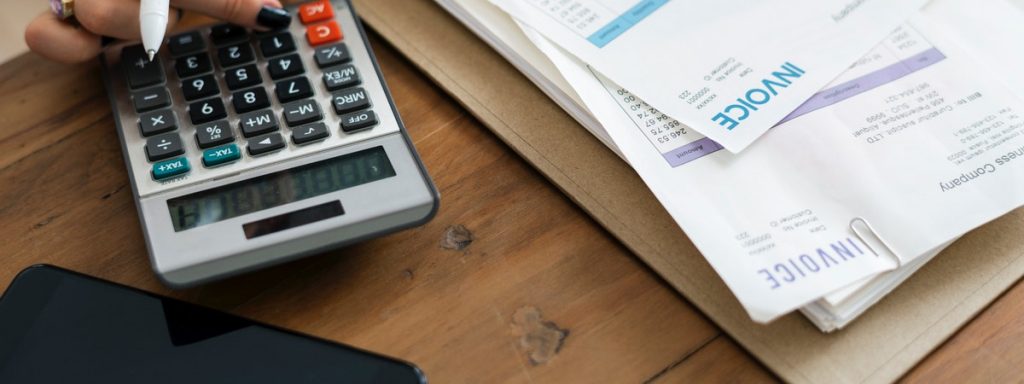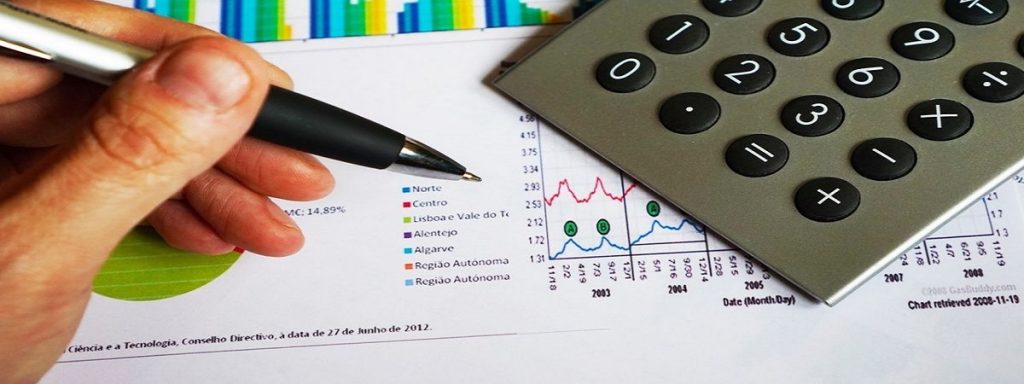Amazon’s P/E ratio is very high because the company continues to invest in research and development, which increases its capital expenditure but also lowers the stock’s earnings.
Key Takeaways
- The price-to-earnings (PE) ratio is the share price relative to the results of a recent financial statement
- PE ratio is a tool used by investors to measure a company’s valuation in comparison to its earnings
- The PE ratio is calculated using the market price per share of the company and its earnings per share over a certain period, typically 12 months
- You should keep in mind that the P/E ratio actually has nothing to do with the price of an individual share in the stock market
Why Is Amazon’s PE Ratio So High?

So, you might want to know why Amazon is trading at a price-to-earnings ratio of over 60, while other major companies are the vast majority trading at a P/E of less than 40.
If a company typically has higher earnings growth than normal for its industry, it could be a sign that someone thinks the company is undervalued. Ultimately, investors will pay more for faster-growing companies and less for slower-growing ones – there’s no outdated magic number, just what the market thinks is right at any given time.
While a P/E ratio isn’t necessarily inaccurate, there also has to be acceptable reasoning for this multiple which is factored in based on the company’s revenue stream and earnings in comparison to its competitors. This makes sense because a basic price-to-earnings ratio does not take into account various factors that play a crucial role in the value of a business. In other words, the price-to-earnings ratio has significant limitations because it doesn’t reflect the risk, growth prospects, or efficiency of the business.
However, it doesn’t make sense to compare the P/E ratios of two different companies when making a judgment call about their value. You need to understand that sometimes there’s unpredictability in comparing businesses with one another. For example, Microsoft and Apple might be able to generate the same level of sales or return profits, but some people are willing to pay more for the potential future potential of Amazon. Thus you’re essentially paying for growth.
Alternatively, a business with a high P/E ratio may not be any more overvalued than another company that has a lower P/E ratio. If you pay attention to Amazon’s cash flow, for example, it’s possible to come to the conclusion that although it does carry some debt on its books and spending is quite high (in comparison to what cash it brings in), investors are still willing to fork over money because they feel confident enough in the company’s ability to capitalize by expanding over time. A business’ share price, as well as its P/E ratio, should only be analyzed standing next to comparable businesses operating under similar circumstances.
Why Is Amazon’s Stock So Expensive?

Amazon’s high stock price is due to the fact that there are fewer shares available than its total market cap. Amazon could lower the price of each share by splitting its stock further to increase the number of available shares.
Amazon has already completed three stock splits since its initial public offering (IPO) in 1997. Currently, the shares are trading at $3,280 apiece which is stated to be on the high side. Due to the high value and the difficulty of being traded amongst most retail investors, investing in Amazon to get your money from the capital markets back can be considered a viable option for those who want a lower percentage of risk while earning higher than normal interest rates on their investment over the net worth value of their company.
When investors refer to “expensive” stocks, they tend to appear to be talking about the fundamental value (or intrinsic value) instead of the purely financial price of a company. The fundamental value is essentially the relationship between the company’s price on paper and what it’s worth in terms of its underlying prospects and fundamental business assessments.
Apple vs. Amazon PE Ratio
Each company saw its stock price increase over the last few months. Both these companies have seen a big increase in their valuations which is affecting their stocks’ prices.
Apple is trading at a P/E ratio of 30 – this is higher than the average P/E over the last year. Meanwhile, Amazon’s stock is trading at 57.8 times its earnings, a huge increase from the last year’s P/E of 44.8.
The last time an Apple product was updated enough to have “new” in its name it was the iPhone 4S. But now it’s been over two years, who knows how many new features there will be on the next one assuming Apple keeps their schedule and releases the new version next fall, which is when current rumors point to us seeing the new phone.
While we think investors who want value might find it at Amazon with a P/E of 161 (lower than AAPL’s price-to-earnings ratio of 160.95), everyone also seems to realize that Amazon could see some explosive growth with their business model making its founder Jeff Bezos a billionaire several times over; especially if he gets an hour alone with Bezos (joke).
You shouldn’t use valuation to compare a company like Apple and EA. What matters are the fundamentals, or the financial data a potential investor would want to look at? You should never focus on the price action of one company just because another is worth more at this particular moment in time.
A good portfolio should include both companies, – because both meet the requirements needed for making an excellent investment and each will help position your portfolio well as compared to what you could have otherwise done with your money if you had chosen to invest elsewhere rather than buying stocks of these two companies.
FAQs
Is Amazon Overvalued Or Undervalued?
Amazon is currently priced very high. However, given that there are many factors to consider when determining a stock’s value, it does seem as if Amazon is at the appropriate price based on its earnings and growth rate.
What Company Has The Highest PE Ratio?
Tesla has the highest price-to-earnings (P/E) ratio of all major companies as it is currently valued at 315x compared to competitors such as Google which is valued at 25x and General Electric which is valued relatively low at 11x. Tesla cars have almost no competition because their prices are comparable to the likes of Ferrari or Porsche, but the quality and performance of their products surpass those offered by the competition.
Closing Thoughts
Amazon’s stock price has increased significantly over the past decade. However, analysts are most impressed with the overall structure of the company, referring to its lack of outstanding shares compared to other major businesses. Because the company has recorded significant growth over the past decade and a half, it’s no surprise that this stock is poised for more impressive performance in the near future! Lastly, the value of a stock is often determined by how investors perceive the company’s prospects in the future and whether or not they think earnings are going to rise.
References:
https://www.nasdaq.com/market-activity/stocks/amzn/price-earnings-peg-ratios
https://www.macrotrends.net/stocks/charts/AMZN/amazon/pe-ratio
Last Updated on November 16, 2022 by Magalie D.

Magalie D. is a Diploma holder in Public Administration & Management from McGill University of Canada. She shares management tips here in MGTBlog when she has nothing to do and gets some free time after working in a multinational company at Toronto.





